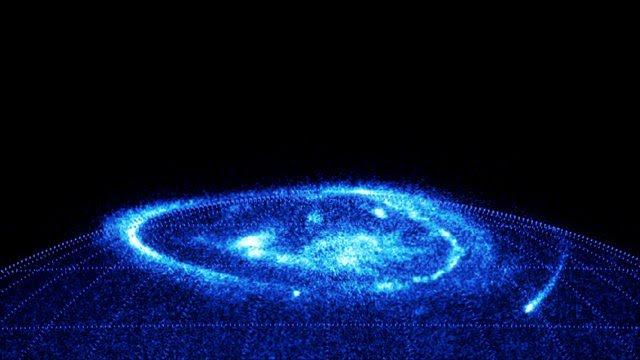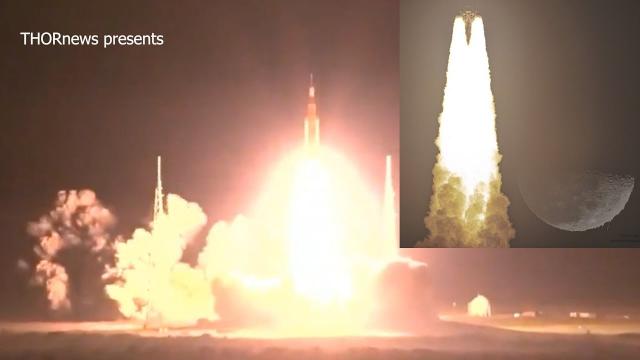Outer Space & Universe
Outer Space & Universe
Space, also known as outer space, is the near-vacuum between celestial bodies. It is where everything (all of the planets, stars, galaxies and other objects) is found.
On Earth, space begins at the Kármán line (100 km above sea level). This is where Earth's atmosphere is said to stop and outer space begins. This is not a firm boundary but is a convention used by scientists and diplomats.
Items in space are free to move back and forth; up and down; and left and right. These three dimensions are what make 3D space. Items also move forward through time, which is sometimes called the fourth dimension.
The majority of space contains very little matter and so most of it is a vacuum. Scientists do not know how big space is but we do know that space is extremely big, and is always expanding.
According to the big bang theory, all matter and energy in the Universe was compressed into a very small space. Then it exploded and started expanding. Space is still growing in size today; this means the distance from one galaxy to distant galaxies is getting longer.
Gravity is the force that keeps the Moon in orbit around the Earth and the planets in orbit around the Sun. Gravity can stretch and bend space similar to how a heavy ball placed on a stretched sheet of rubber will cause the rubber to stretch. The scientist who discovered that space can bend is named Albert Einstein. How gravity bends space is part of his theory of general relativity.
Astronauts, Cosmonauts, Taikonauts and Spationauts
An astronaut is any person who is trained by NASA to travel and perform tasks in space. Although the space traveler may not necessarily be a United States citizen, each astronaut does go through a rigorous training regiment by the National Aeronautics and Space Administration. Other space travelers go by other names then astronaut depending on their country of origin.
In the United States, astronaut is derived from the Greek words ástron (star) and nautis (sailor). While, in Russia, a space traveler goes by the name космонавт (English: cosmonaut), which is derived from the Greek words kosmos (universe) and nautis (sailor). Westerners call a space traveler from China a taikonaut, based on the 1998 writings of Chiew Lee Yik and Chen Lan where the term tàikōng (great emptiness), Chinese for “space”. In China, the term yuháng yuán (universe navigator) is used for space traveler.
Only the United States of America (United States), Russia (earlier, the Union of Soviet Socialist Republics), and the People’s Republic of China (China) have sent manned spacecraft into space. Other countries have assisted these countries by sending their own space travelers on space missions. For instance, a French space traveler is called a spationaut (from the French word spationaute), which is derived from the Latin spatium (space) and Greek nautis (sailor). (plural in Greek nautes = sailors)
-
00:11
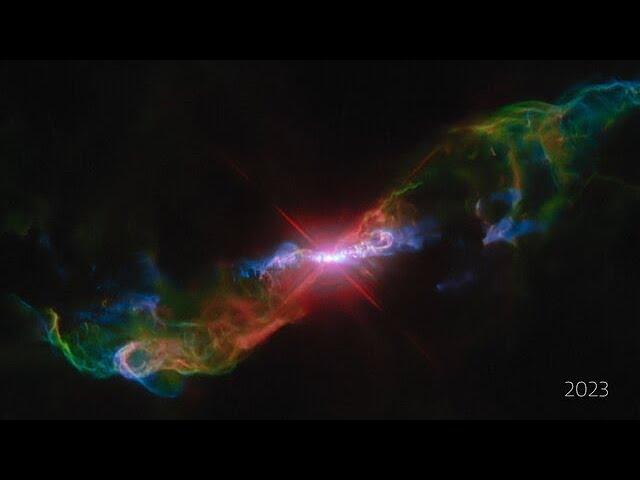
Time-lapse: Evolution of R Aquarii (2014 to 2023)
Added 84 Views / 0 LikesThis video features five frames spanning from 2014 to 2023 of R Aquarii, a symbiotic binary star that lies only roughly 1,000 light-years from Earth in the constellation Aquarius. This is a type of binary star system consisting of a white dwarf and a red
-
00:18
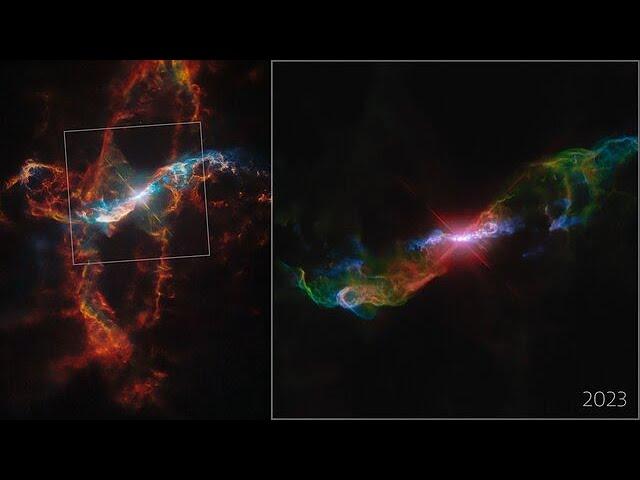
Time-lapse: Evolution of R Aquarii (2014 to 2023)
Added 83 Views / 0 LikesThis video features five frames spanning from 2014 to 2023 of R Aquarii, a symbiotic binary star that lies only roughly 1,000 light-years from Earth in the constellation Aquarius. This is a type of binary star system consisting of a white dwarf and a red
-
00:11
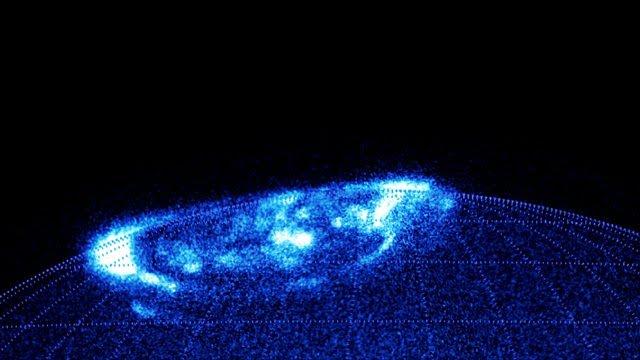
Timelapse of Jupiter’s auroras (2)
Added 610 Views / 0 LikesTimelapse of Jupiter’s auroras (2)
-
01:54
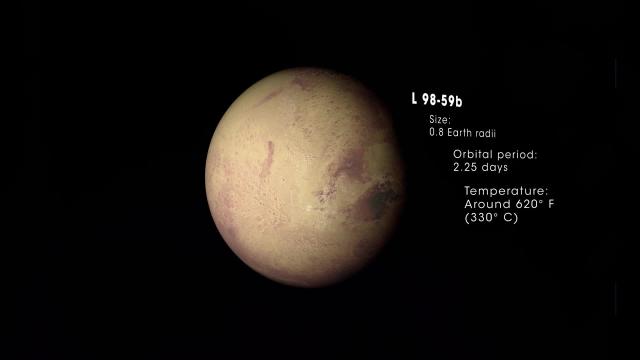
Tiny Alien Planet Discovered By NASA TESS Mission
Added 603 Views / 0 LikesA planet, named L 98-59b, that is smaller than Earth but bigger than Mercury was discovered orbiting nearby star L 98-59 using NASA’s Transiting Exoplanet Survey Satellite (TESS). It's the smallest planet discovered using TESS to date. -- Learn more: http
-
00:51
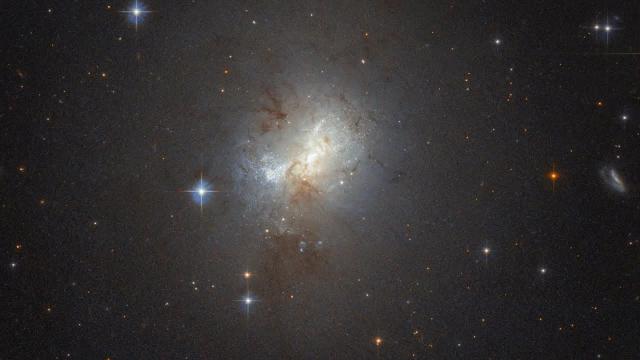
Tiny Galaxy Harbors Massive Black Hole - Hubble Zoom-In
Added 500 Views / 0 LikesGalaxy ESO 495-21 has been imaged using the Hubble Space Telescope. It is 30 million light-years from Earth. -- This Tiny Galaxy Has a Pretty Big Black Hole: https://www.space.com/dwarf-galaxy-with-supermassive-black-hole.html Credit: ESA/Hubble, NASA
-
01:42
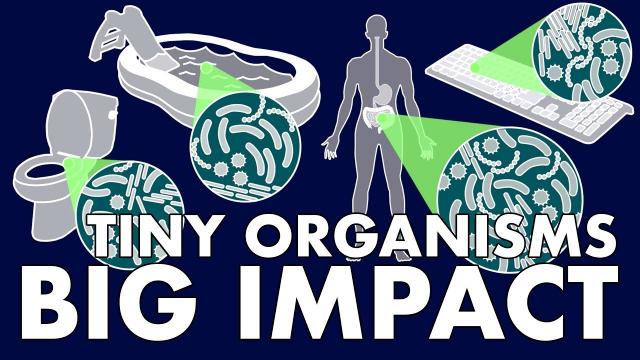
Tiny Organisms, Big Impact
Added 567 Views / 0 LikesTrillions of microorganisms live on and in the human body, many of them essential to its function and health. These organisms, collectively known as the microbiota, outnumber cells in the body by at least five times. Microorganisms in the intestinal tract
-
00:58
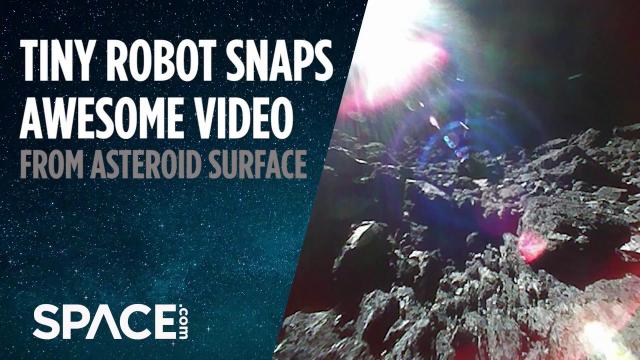
Tiny Robot Delivers Awesome Video From Asteroid Surface
Added 405 Views / 0 LikesJAXA’s MINERVA-II1B rover captured imagery from the surface of asteroid Ryugu on Sept. 23, 2018. -- Japan's Two Hopping Rovers Successfully Land on Asteroid: Ryuguhttps://www.space.com/41912-japanese-hopping-rovers-land-on-asteroid.htmlCredit: Space.com /
-
00:54
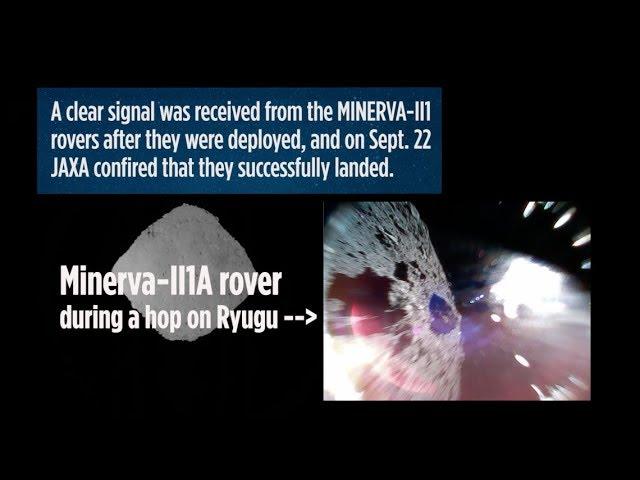
Tiny Robots Land on Asteroid Ryugu
Added 480 Views / 0 LikesJAXA's Hayabusa2 spacecraft deployed two little "rovers" called MINERVA-II1A and MINERVA-II1B to land on the surface of asteroid Ryugu on Sept. 21, 2018. JAXA confirmed that they landed on Sept. 22, 2018. -- They Made It! Japan's Two Hopping Rovers Succes
-
01:46

Tiny Spacesuits Keep Bugs From Exploding in Vacuum | Video
Added 799 Views / 0 LikesTiny Spacesuits Keep Bugs From Exploding in Vacuum | Video
-
01:01
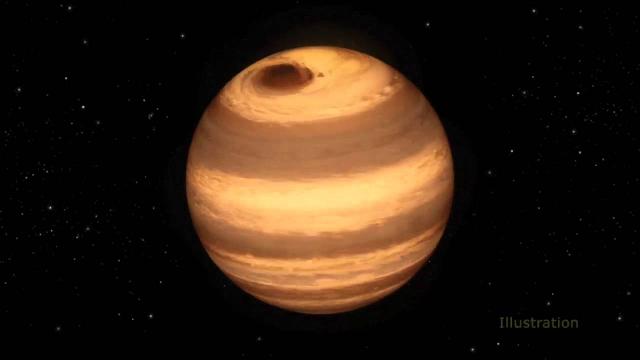
Tiny Star With Huge Storm Spotted By Space Telescopes | Animation
Added 765 Views / 0 LikesTiny Star With Huge Storm Spotted By Space Telescopes | Animation
-
01:41
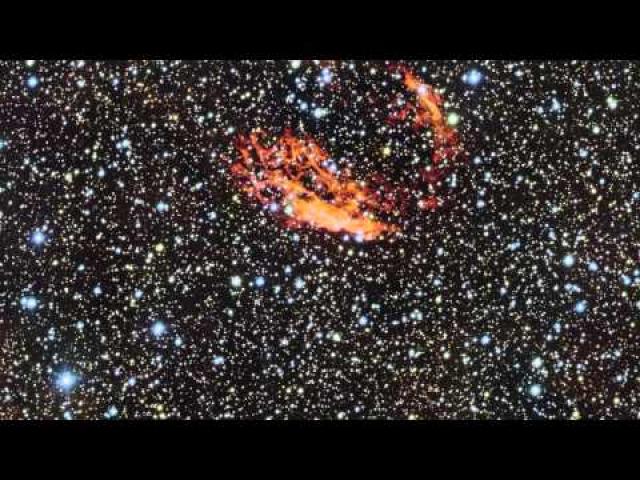
Titanic, Short-Lived Stars Make Skies Glow Red | Video
Added 776 Views / 0 LikesTitanic, Short-Lived Stars Make Skies Glow Red | Video
-
01:17
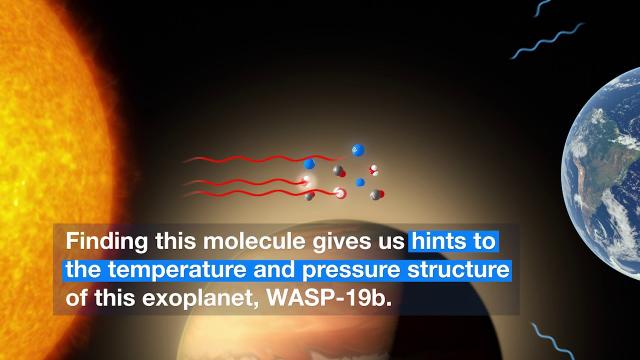
Titanium Oxide Detected in Exoplanet Atmosphere for First Time
Added 693 Views / 0 LikesTitanium Oxide Detected in Exoplanet Atmosphere for First Time
-
03:20
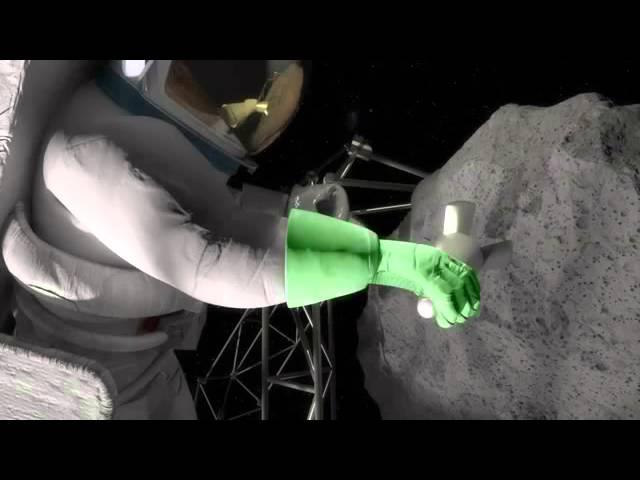
To Explore Deep Space, We Need Better Spacesuits | Video
Added 886 Views / 0 LikesNASA is working on more efficient heating and cooling, longer lasting -- nearly maintenance free -- systems, more durable fabrics, and more dextrous gloves. New oxygen recovery systems might utilize local planetary materials: 'in-situ' consumab
-
01:49
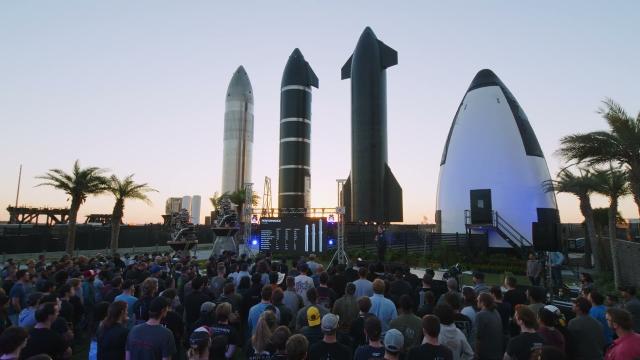
To Make Life Multiplanetary
Added 107 Views / 0 LikesThe goal of SpaceX is to build the technologies necessary to make life multiplanetary. This is the first time in the 4-billion-year history of Earth that it’s possible to realize that goal and protect the light of consciousness.At Starbase on Thursday, Ap
-
03:37
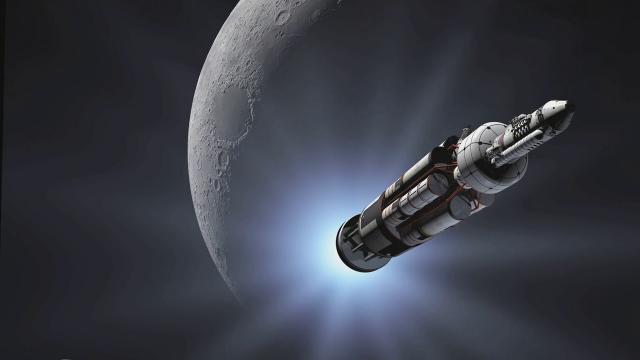
To Mars with Nuclear Rockets – from: 'Mars Calling' film
Added 499 Views / 0 LikesThe Space Age was also the Atomic Age. Six decades ago, US and USSR mission planners thought the fastest way to Mars was with nuclear rockets. It still might be. Four generations of program managers have sought to put boot-prints on the Fourth Planet. --
-
06:03
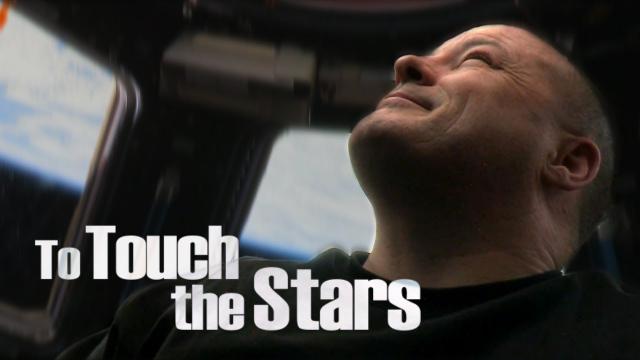
To Touch the Stars
Added 518 Views / 0 LikesNASA astronaut Scott Tingle’s son wrote, produced, and sent to him in space the song “To Touch the Stars” in honor of his family's journey to reach his dreams. The video shows footage from Tingle’s mission to the International Space Station as part of Exp
-
05:57
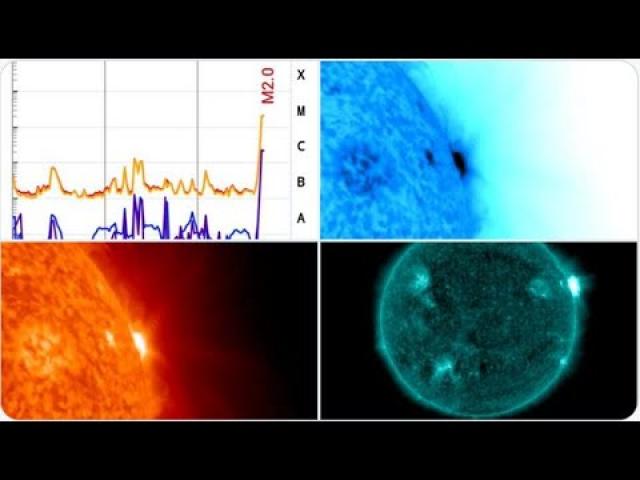
Today's M-Class Solar Flare is the 10th M-Class flare since Oct. 1st & Tesla and Paypal drop 10%.
Added 287 Views / 0 LikesI hope you are having a great day.SELF CORRECTION: solar flare came from ar2891God bless everyone,T LEWISON5430 BIRDWOOD RD. #416HOUSTON TEXAS 77096https://www.paypal.me/THORnewshttps://venmo.com/TEric-Lewison$THORnews on CashApphttps://www.patreon.com/th

